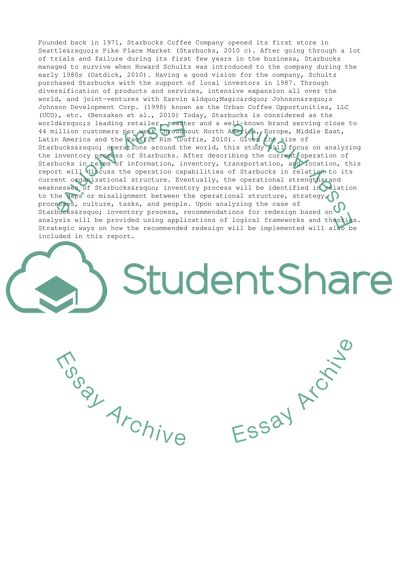Cite this document
(“Process and Change Management: Starbucks SCCOs Essay”, n.d.)
Process and Change Management: Starbucks SCCOs Essay. Retrieved from https://studentshare.org/management/1570683-subject-name-process-and-change-management
Process and Change Management: Starbucks SCCOs Essay. Retrieved from https://studentshare.org/management/1570683-subject-name-process-and-change-management
(Process and Change Management: Starbucks SCCOs Essay)
Process and Change Management: Starbucks SCCOs Essay. https://studentshare.org/management/1570683-subject-name-process-and-change-management.
Process and Change Management: Starbucks SCCOs Essay. https://studentshare.org/management/1570683-subject-name-process-and-change-management.
“Process and Change Management: Starbucks SCCOs Essay”, n.d. https://studentshare.org/management/1570683-subject-name-process-and-change-management.


